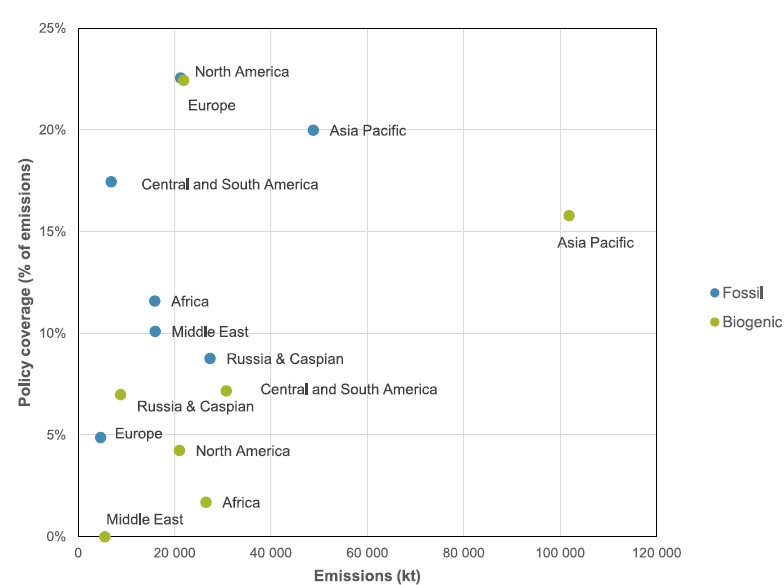
Maria Olczak 🇺🇦
@mar_olczak
Methane policy-tech nexus @OxfordEnergy @EnvDefenseEuro @QMULSEMS Formerly @EUI_FSR @coenatolin alumna. Views are my own, RTs not endorsements.
16-09-2017 14:28:05
1,3K Tweets
721 Followers
684 Following

Methane – the 2nd biggest driver of global warming after CO₂ – remains underregulated.
But what policies are already in place, and what's their impact?🤔
Here are key insights from our global review of #methane policies: cell.com/one-earth/full…
QMUL School of Engineering and Materials Science Environmental Defense Fund Europe
🧵






